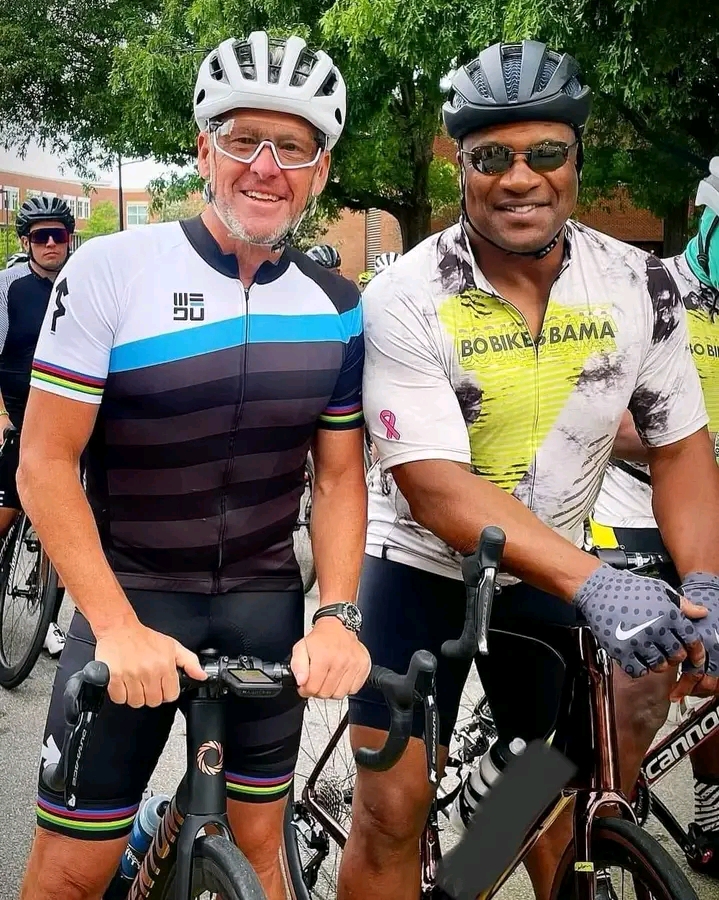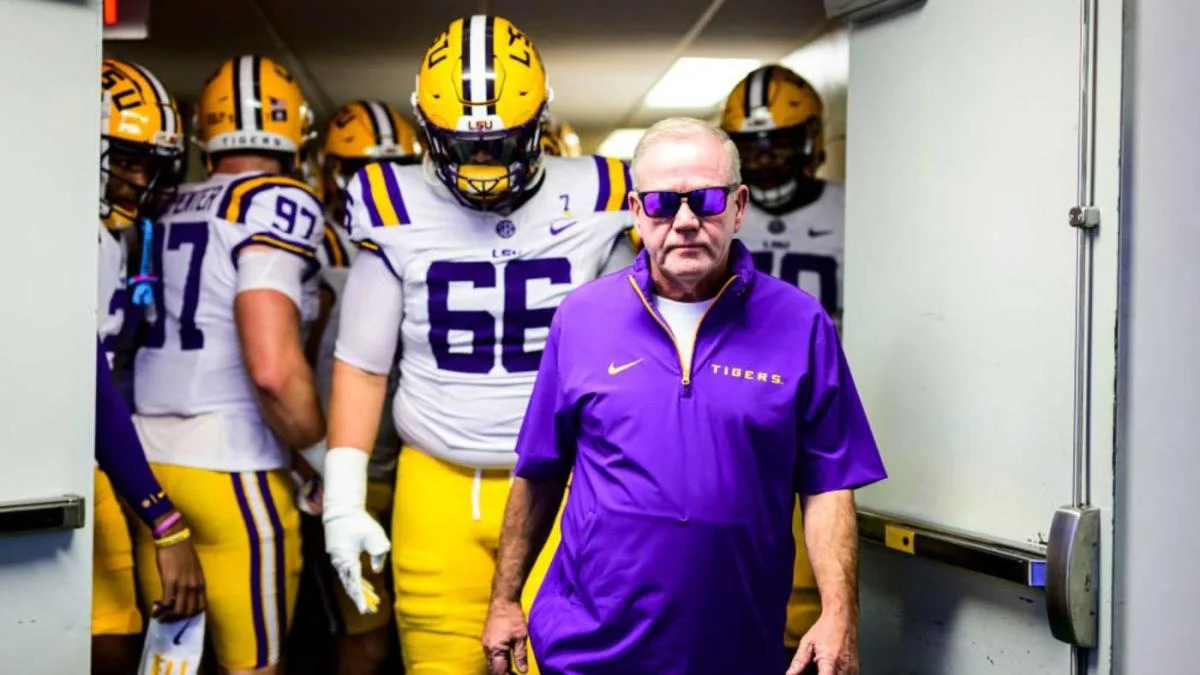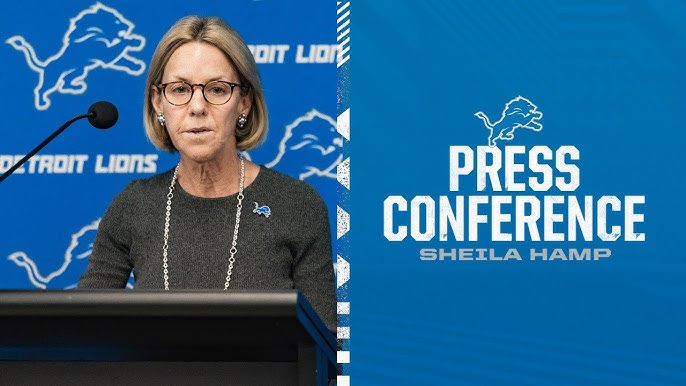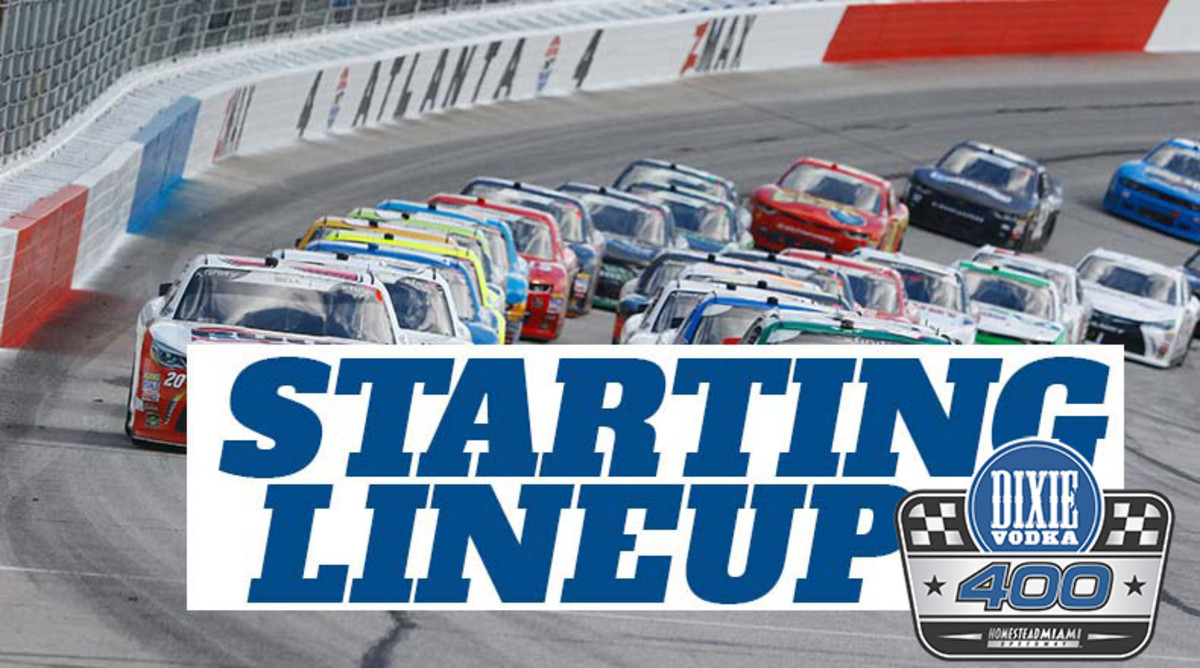Lance Armstrong never wore GIRO helmets again. The sleek, aerodynamic shell that once sliced through the wind as he conquered mountain stages in the Tour de France became just another symbol of a time he could no longer revisit. GIRO, like many others, distanced itself quickly—publicly and without hesitation—the moment the truth about his doping history could no longer be denied. They had made millions together, but loyalty, it seemed, had a short shelf life in the world of corporate sponsorships.
He never wore OAKLEY glasses again, either. The iconic shades that once covered his eyes as he raised his arms in victory were removed from his image, stripped as cleanly as his seven Tour titles. OAKLEY had stood by him longer than most, through whispers and investigations, but once the confession aired—once Oprah Winfrey sat across from him and the words came out—silence from Oakley was replaced by press releases and terminated contracts.
And then there was the TREK bike. The very machine that had carried him through glory now belonged to his past. Armstrong and TREK had a relationship that went beyond marketing; it was a partnership that helped redefine cycling for a generation. But once the tide turned, even TREK moved to erase the connection. His name, once a badge of honor for the brand, became a liability, a scar they worked quickly to cover up.
His clothes are no longer Nike either. The swoosh, which had backed him through cancer recovery, through dominance, through his transformation into an American hero, finally disappeared from his chest. Nike had stuck by troubled athletes before. With Armstrong, however, the betrayal—calculated, systemic, and prolonged—was too much to weather. The separation was sharp, definitive. Just like that, they walked away.
Even the LIVESTRONG bracelet—the simple yellow band that once unified millions in the fight against cancer—is no longer on his wrist. It had started as a message of hope, as a movement that transcended sport. But once the icon behind it fell, the message became complicated. Armstrong stepped down from the foundation bearing his name. The bracelet, once everywhere, faded from view.
What is perhaps most painful is how quickly those who rose alongside him vanished. Brands that had made millions from his myth turned their backs when the illusion shattered. Sponsors, agents, advertisers—many of them had profited handsomely during his reign. But when he stood alone in disgrace, they were nowhere to be found. The silence from those boardrooms was as deafening as any crowd he’d once inspired.
And then came the lawsuits. Multimillion-dollar settlements and legal battles tore through what remained of his fortune and reputation. The companies that once rode his wave of success now demanded restitution. They sought damages, apologies, distance. They didn’t just want out—they wanted their pound of flesh.
In the end, Lance Armstrong lost much more than titles. He lost trust. He lost identity. He lost the brands that had once built their empires on his back. And when it was all gone, the silence that replaced the roar of the crowd was the loudest sound of all.



